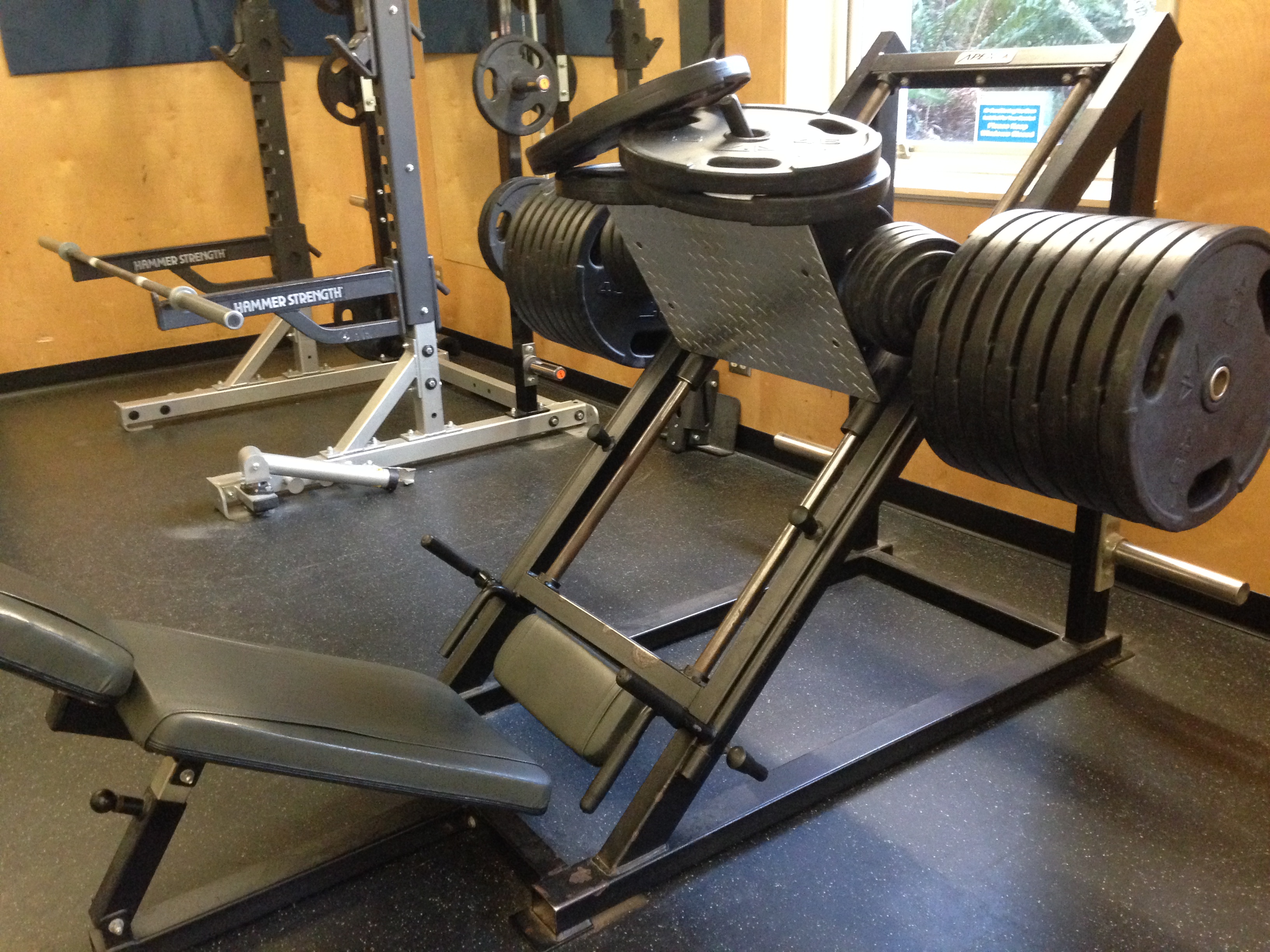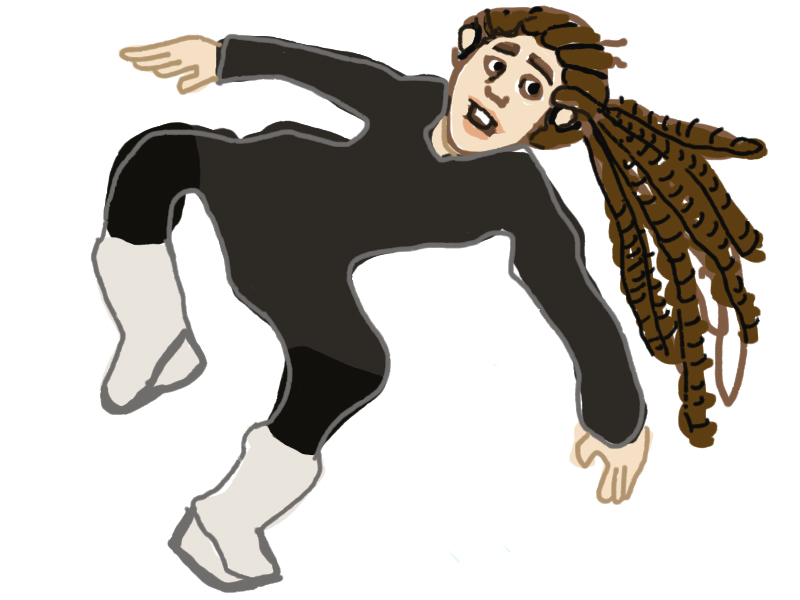Starting teaching in the visual arts room this week allowed me to reflect on my art education philosophy as a whole. I planned my visual arts lessons to begin chronologically with gestural drawing, because not only is that kind of drawing a warmup on the micro scale, but also an artistic exercise in the macro sense too. Over the span of one period, I saw students drawings become more free and relaxed-looking, and it is my hope that by bringing this activity back into the classroom at regular intervals, it can help students feel more relaxed and confident about creating images in general.
One barrier that can arise in the task of teaching art is students quite simply choosing not to participate. For teachers of elective courses, the theme of trying not to push students too much as to drive them away from the non-compulsory course is a reoccurring subject. However, part of my teaching philosophy is the conviction that challenging projects inspire more creativity than the undemanding kinds. To me, this means that student attitude (the desire to do their best), participation, and energy put into the work is what matters most. The visual outcomes are not necessarily key. It is my intention to shift the focus away from prettiness or perfection of a final product, and move that focus towards process. In this way, there can still be the rigorous challenge of working on art pieces without feeling anxiety about the end results.
The projects I have planned for my visual arts classes are mainly themed as being ephemeral. That is my initial step towards implementing my art education philosophy. The next step, enacting classroom management that reflects those goals as well is a little trickier. I’m still not clear if more stringent regulations concerning classroom environment help or hinder the building of intrinsic student motivation or desire to do their best. By this I mean, there are many basic classroom management aspects that I will be working on improving, like clarity and completeness of instructions and assertiveness of statements, however I’m still not clear which kinds of students are likely to produce more work, more often – those who are obliged to put away their cellphones, or those who I warn by simply stating that they are making their own choice by wasting time?
My personal goal for this upcoming week is to have a firmer grasp on classroom management aspects that I believe will help students complete projects more effectively. I would like to be more assertive about project instructions, due dates, students who are off-task during class time, and bathroom breaks. I would like to implement a new rule in my classroom that students must sign out on the whiteboard whenever they leave the classroom. I would also like to make it clear that in upcoming projects (particularly in Media Arts) I will not be extending due dates. When I see students misusing technology (using devices for matters not relevant to work) I will use this as an occasion to remind them that due dates are firm and their own personal achievement/grades are at stake.
On Friday, I had the pleasure of attending a workshop for professional development day. This workshop consisted of practical group activities that allowed me to consider how I might react in various classroom scenarios. The focus was on indigenous groups, however, the role-playing in various scenarios could have applied to any number of bullying situations as well.



